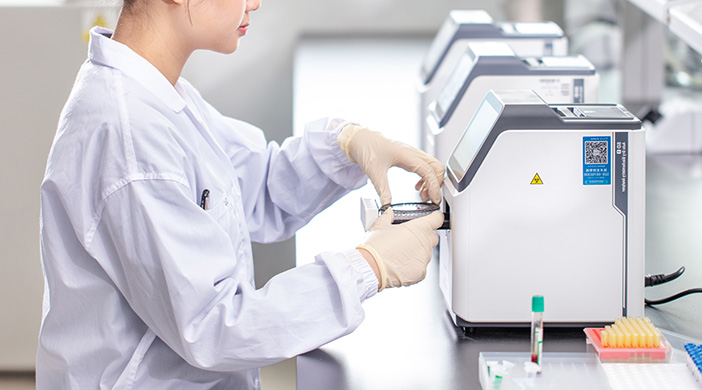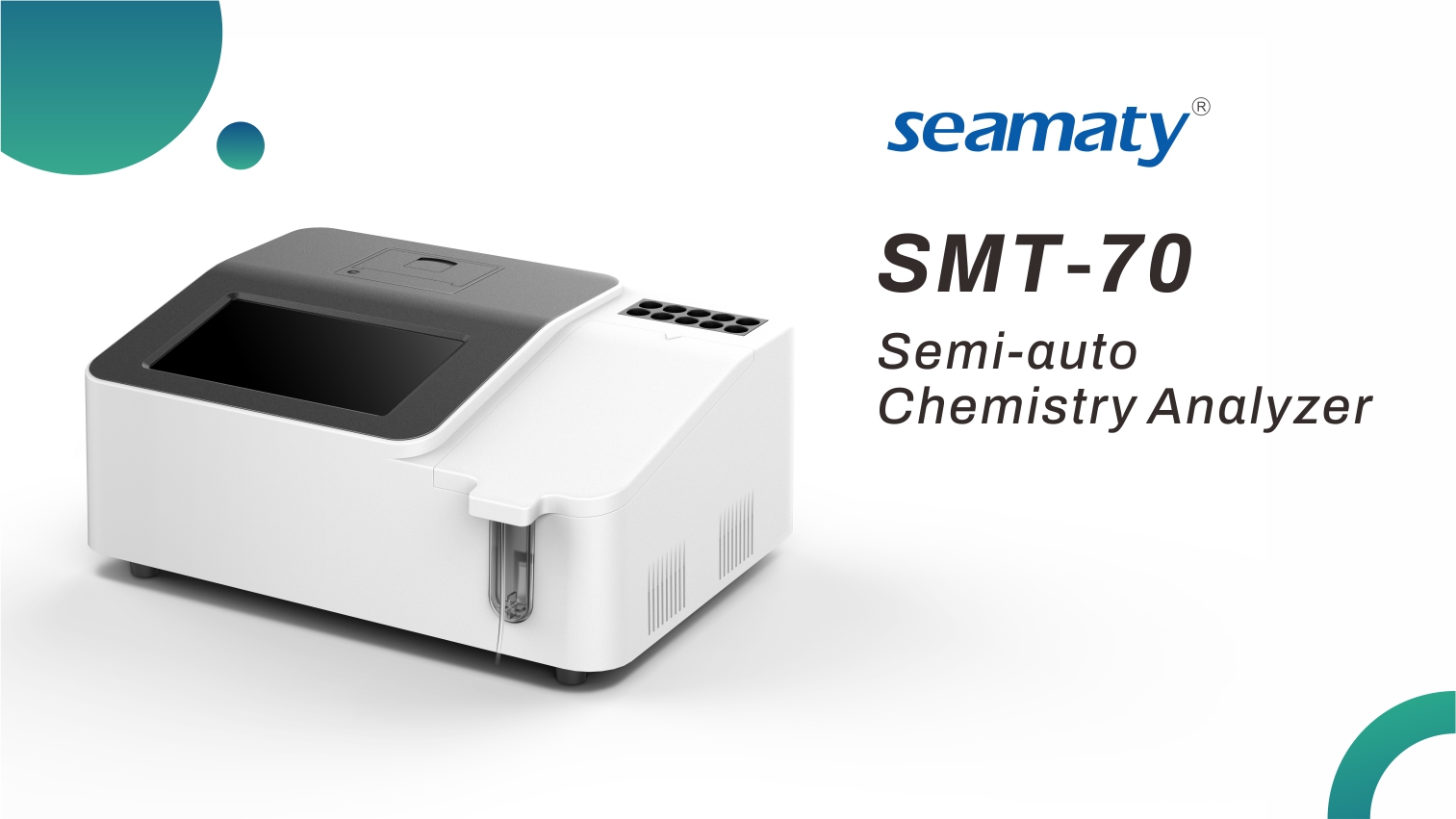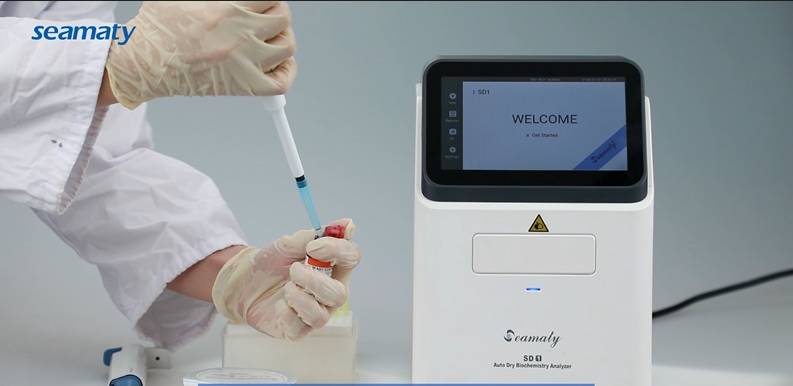According to studies, 60-70% of clinical decisions often rely on the results of diagnostic tests. As an essential diagnostic device in clinical medicine, biochemistry analyzers are often used to measure the composition of collected biological samples. Semiautomatic biochemistry analyzers are commonly used for samples such as whole blood, urine, plasma, etc.
Long ago, sample analysis was performed manually by laboratory analysts. However, as the workload increased and the accuracy of the results of manual operation was biased, manual operation gradually failed to meet the needs of people. Thus, the biochemistry analyzer was born. Compared to manual operation, biochemistry analyzers can produce efficient and accurate test results, which greatly reduces patient waiting time and contributes to saving lives.
Common biochemistry analyzers are divided into semi-automatic and
fully automatic biochemistry analyzers based on the degree of instrument intelligence. Compared to fully automatic biochemistry analyzers, semi-automatic biochemistry analyzers are more compact, simple in structure, and more versatile in use scenarios. It can be used alone or in combination with other instruments, and semi-automatic biochemistry analyzers are less expensive than fully automatic biochemistry analyzers.
In addition, semi-automatic biochemistry analyzers are usually not limited by reagents and methods. Manufacturers' reagents, their own prepared reagents and self-designed methods can be tested on the instrument. This is why more people prefer semi-automatic biochemistry analyzers.
The SMT70 is an in vitro diagnostic device for the detection of human proteins, lipids, sugars, enzymes and inorganic elements in samples under laboratory environmental conditions. It can be used for clinical diagnostic reference and scientific research.
SMT70 is mainly composed of circuit control system, optical system, colorimetric incubation system, sampling system, LCD screen, touch screen, built-in printer, keyboard, mouse, etc. Among them, keyboard and mouse are optional accessories.
Its detection principle is mainly using Beer-Lambert's law. The reagents are mixed with the serum sample of the patient to be tested in a certain ratio. The mixed solution is incubated in a cuvette. The absorption is measured continuously at a certain temperature. Finally, the concentration or time of the measured substance is automatically calculated based on the absorbance value. Compared to other semi-automatic biochemistry analyzers, the SMT70's mainframe can store over 100,000 test results.




